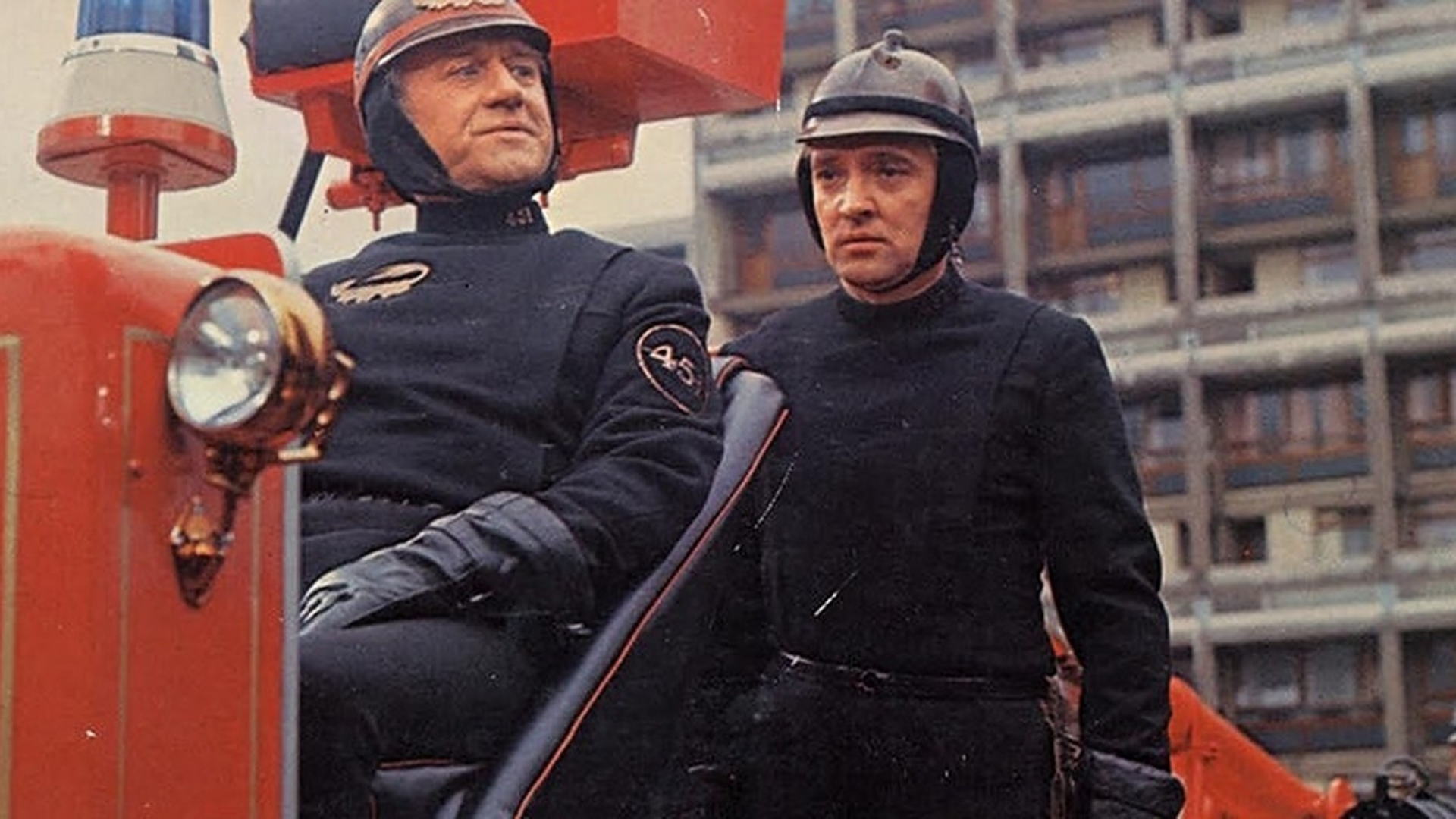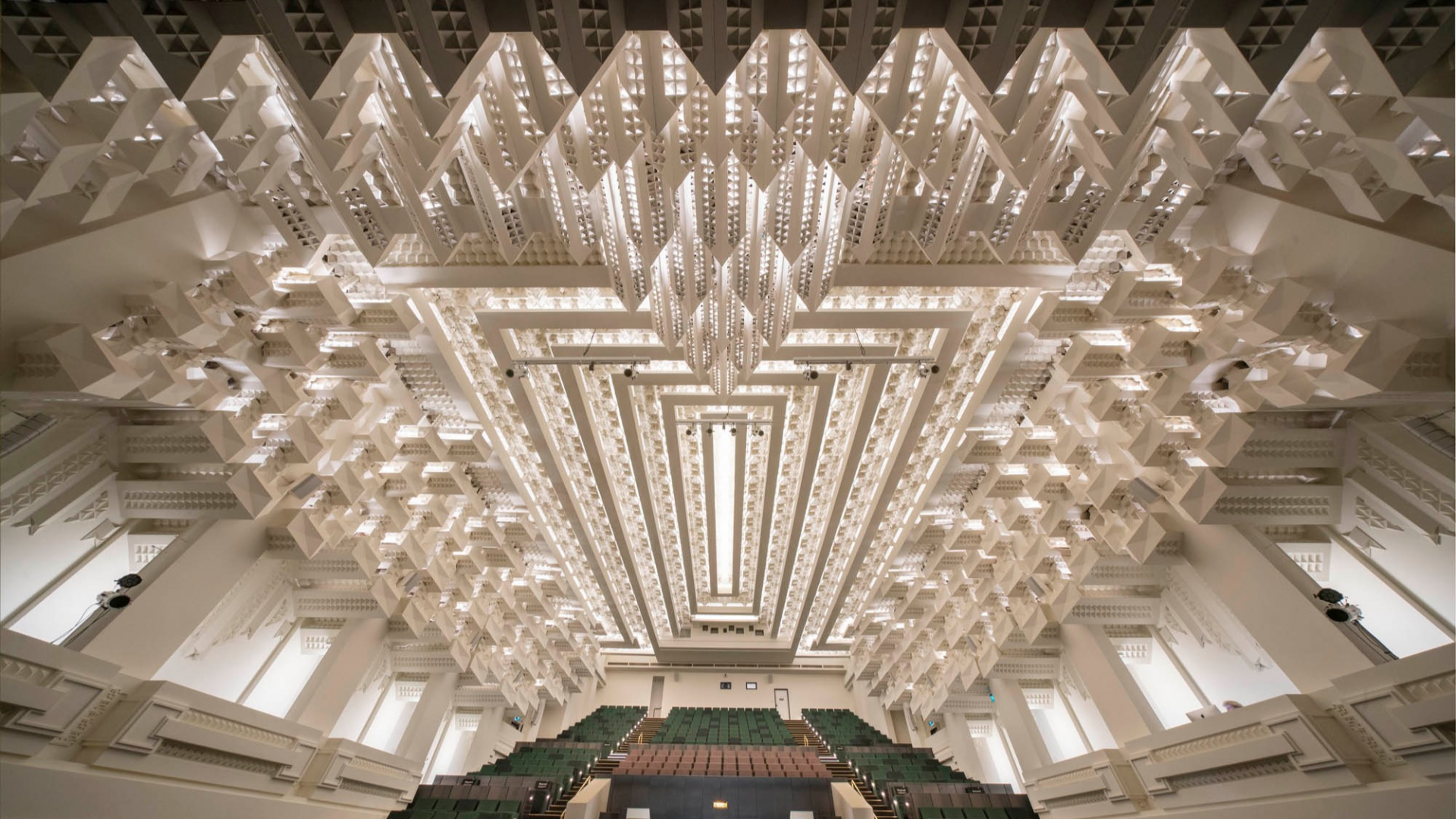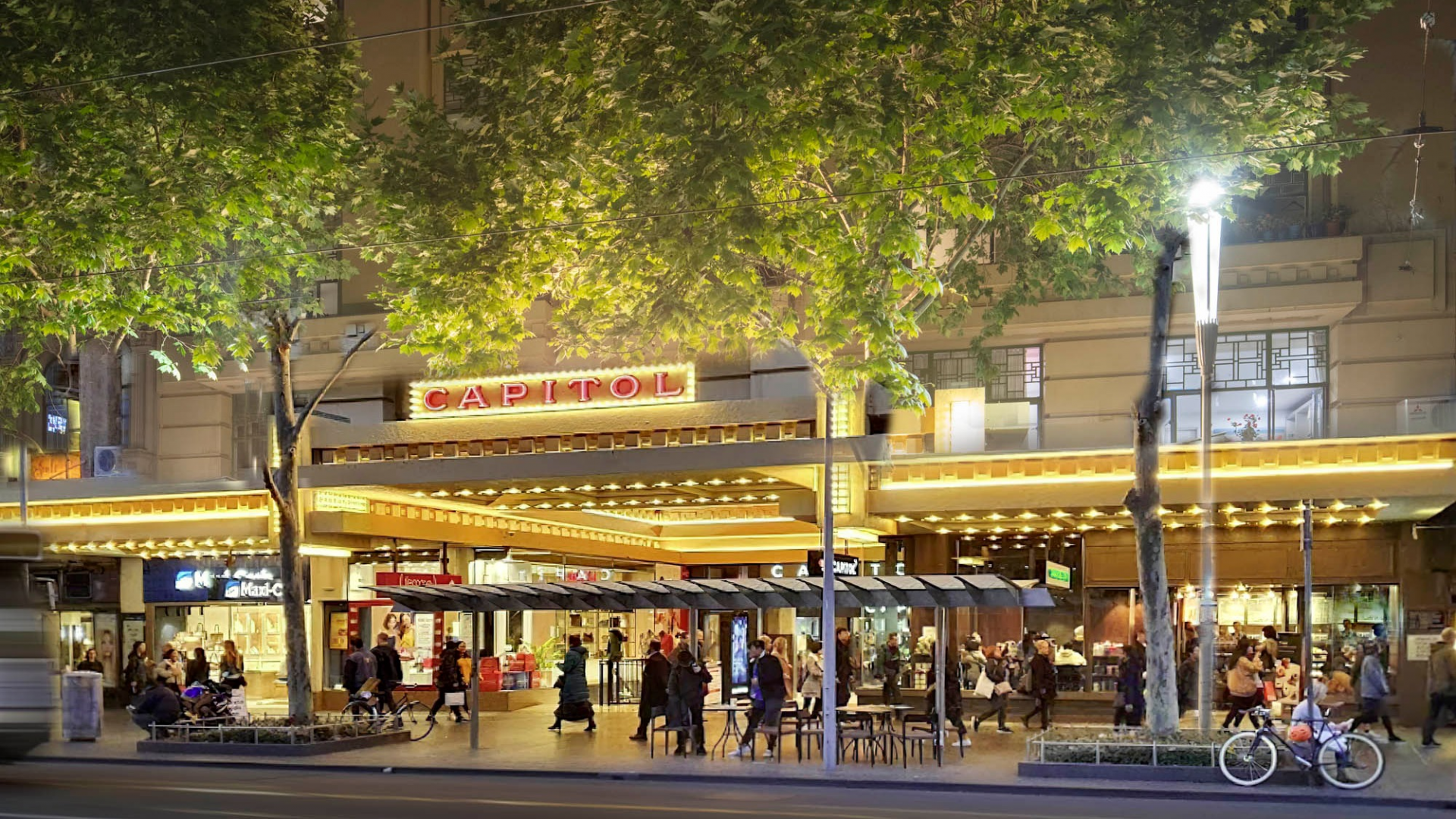Past Futures: Fahrenheit 451 Past Event
Truffaut’s British dystopia, Fahrenheit 451 (1966) is set in an oppressive society in the near-future, where all books are banned.
Adapted from Ray Bradbury’s novel of the same name, in this society it’s the job of the firemen to keep the fires at 451 degrees: the temperature that paper burns. Oscar Werner plays Montag, a fireman who begins to re-think his job when he meets a book-loving teacher (Julie Christie).
François Truffaut’s film was the director’s first colour film and his only non-French language film, nominated for the Golden Lion at the 1966 Venice Film Festival. A box office failure, the film has since gained cult status as a beloved speculative classic as seen through the lens of the French New Wave.
Truffaut’s vision of a bookless society is less sci-fi and more allegory and morality tale than Bradbury’s, though the film won the latter’s approbation. Thankfully books have survived over 50 years later, although their centrality to everyday popular culture and society has waned as the world has shifted to digital-based pithy communications and stories. Fahrenheit 451 also taps into the growing proliferation of electronic visual culture as a means of entertainment and social nourishment, in the form of Linda, the firefighter Montag’s wife, as played by Julie Christie (also in a double role as Clarisse, the book-loving teacher who lures Montag into her world). Linda’s obsession with a proto-reality TV show that interacts with its audience, foresees the excesses of reality based “factual entertainment” of the early 2000s and IRL people-as-celebrities. Filled to the brim with contemporary references, the film delights as much as a portrait of 60s Swinging London as it does a warning of what could be if we don’t preserve the endlessly generous wonders of books.
1966, 112 min, PG, DCP, United Kingdom, English, Director François Truffaut, Cast Julie Christie, Oskar Werner, Courtesy Universal Pictures.
Early arrivals are invited to explore the exhibitions in the upstairs Salon, Lounge and Loft (first in best dressed for exhibition viewing prior to the film due to capacity limits).
This film is part of The Capitol‘s Past Futures film program curated by Ghita Loebenstein and Michelle Carey.
In Past Futures we look at imagined dystopias and utopias that made their way into the collective conscious – into the design of now – and consider what might be in the making to come.
Videos
PAST FUTURES
Dystopias, Utopias and Back to Futurism on Screen
What futures were past filmmakers imagining for our present world? And did those sci fi prophesies come true? All dreamers and designers start from a place of deep imagining.
In Past Futures we look at imagined dystopias and utopias that made their way into the collective conscious – into the design of now – and consider what might be in the making to come.
In our selection of sci fi visionaries, some classic, others populist, and still others perhaps idiosyncratic, we look away from the stuff of shiny space wars, and towards a survey of the social, political, technological, environmental, interpersonal and existential prophesies dreamed onto the cinema screen over the last century.
To paraphrase Roger Ebert, these films offer “an arsenal of images for imagining the world.”
What worlds were filmmakers of the past envisioning for today? Which of these past-futures have materialised in shades of our lived realities? What do modern utopias and dystopias look like? Can cinema help us collectively design a world we want to see?
In curating this series my co-curator, Michelle Carey, and I considered the future worlds that filmmakers were envisioning in the past. In our selection you’ll find distinct visions from pasts that vary in length from way back to cinema’s silent beginnings, to just a moment or two ago.
The curated titles awakened a curiosity in us by way of each film’s aesthetic and philosophical design, some quixotic and wildly ambitious, others comparatively domestic while still suggesting a collective turn in consciousness or new ways of seeing and being.
Our present is very much felt and reflected in these past futures. What future visions are we projecting on screen, now?
Ghita Loebenstein, Creative Producer, The Capitol – RMIT University




